If you own a house or looking to get one, you must have wondered about some things. Subfloor is one of those things. What actually is a subfloor? Why is there a need for it? What are the different types of subfloors and what is that they have to offer?
A subfloor is a structure that is attached below the finished flooring. It connects with joists of the floor basement and provides an even space for the finished flooring.
Subfloor is very important for wooden and tile flooring. It provides an even surface for a better finished flooring, protects the floor from moisture, and increases the load bearing capacity of the floor.
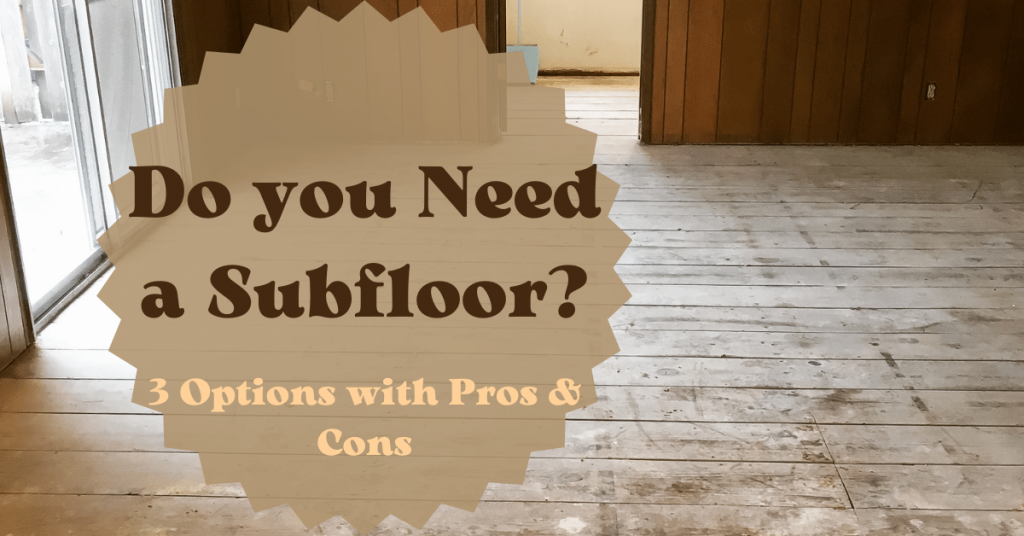
What is Subfloor?
A subfloor entirely serves a different purpose than an underlayment. Both these materials are different in their structure and composition.
Often times, people confuse a subfloor with underlayment. Both these things are entirely different. An underlayment is a thin layer, having a wide variety of chemical composition, attached immediately beneath the top floor surface.
The top floor surface can be tiles, carpet, and laminate sheets. The purpose of an underlayment is to act as a moisture repellant, to make the surface even, and to increase the comfort levels while walking on the floor.
On the other hand, a subfloor is a major structure that gives strength to the overall flooring. It is attached to the base with the help of joists. Subfloor eases the process of floor installation and provides an even surface for underlayment and actual flooring.
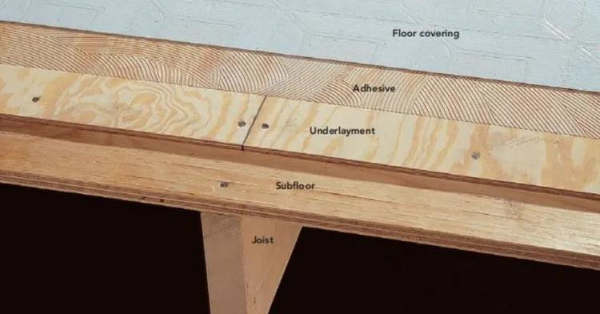
Is Subfloor Necessary?
Subfloor is very important for wooden flooring and tile flooring. For concrete floors, there is no point to have a subfloor. In the case of wooden floors, a subfloor serves a number of functions that are important for aesthetics and longevity of flooring. Some of the important functions a subfloor has are:
1. Subfloor is Important for Proper Installation of Floor
Subfloor is necessary for wooden and tile flooring because it provides a proper platform to install actual flooring. Without a subfloor, the base cannot serve this purpose effectively. The base, often made up of concrete, is not even. Without the subfloor your wooden flooring and tiles can crack.
Moreover, a subfloor gives a base to which wooden floor or ceramic tiles can be attached easily. It is very difficult to attach top surface with the base joists.
2. Subfloor Serves as Moisture Repellant
Another important function performed by a subfloor is moisture absorption. Your wooden floor especially does not like any moisture. Similarly, moisture can also damage the grout in case of tile flooring. And you may need to seal the grout.:
3. Subfloor Strengthens the Flooring
Often times, wooden flooring is not sturdy enough to bear heavy loads. The weight of your furniture, people moving around, and that of pets can break the structure in case floor is directly attached to base joists.
In such a scenario, a subfloor is extra layer that bears the load. It evenly distributes the load across all the base joists. This leaves no single joist susceptible to excessive loading.
3 Types of Subfloors
Now that you know the importance of a subfloor, you may want to know the different types of subfloors. There is a wide variety of subfloors out there. I will tell you the pros and cons of 3 of the most important types of subfloors.
1. Plywood Subfloor
Plywood is a very common type of subfloor due to its properties and cost effectiveness.
Plywood subflooring is the most common. As the name suggests, it is made up of plywood. Plywood is processed wood. It is made up of very thin layers of wood that are gelled together. The gluing is done in such a way that the grains of first wood layer are perpendicular to the grains of second layer. This give the plywood the desired strength.
Plywood is common because it serves the job in a cost-effective manner. It has the necessary strength, the desired evenness, and that too in cheaper rates.
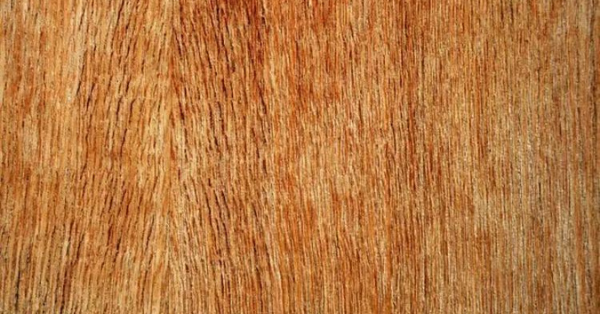
2. Oriented Strand Board Subfloor
OSB has extra strength but is expensive and takes longer to dry if exposed to moisture.
Oriented Strand Board (OSB) is another type of subfloor. It is made up of thin strands of wood which are glued together. OSB is denser than plywood and provides extra strength to the flooring structure.
However, OSB’s compactness also makes it harder to dry. So, if it gets moist regularly, it can affect the actual flooring. Moreover, OSB is relatively expensive due to the fact that it is made up of strands of wood instead of plies of wood veneer – as is the case with plywood.
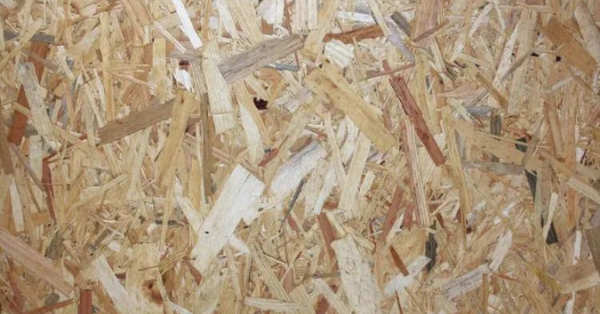
3. Particle Board Subfloor
Due to less strength and excessive moisture absorption, particle board subflooring is less common despite having very low cost.
Particle board is another type of subfloor. It is made up of small particles or chips of wood that are glued together under heavy pressure. This type of subflooring is inexpensive. However, it lacks strength and is not a good moisture repellant. Therefore, it is the least common type of subflooring.
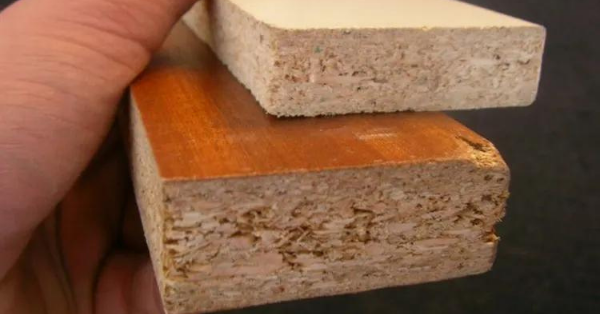
Conclusion
To sum it up, a subfloor is flat wooden surface that is connected to the base beams with the help of joists. Subfloor serves a number of crucial functions for wooden and tile flooring. However, there is no need to have a subfloor in case of a concrete floor. Plywood subflooring is the most common type of subfloor due to its strength and cost effectiveness. Want to protect the surface of your wooden flooring? Check this out:
6 Easy Steps to Apply Polyurethane to Wood Flooring
Wooden flooring is delicate. Learn how to protect it by applying polyurethane coating in 6 easy DIY steps.

